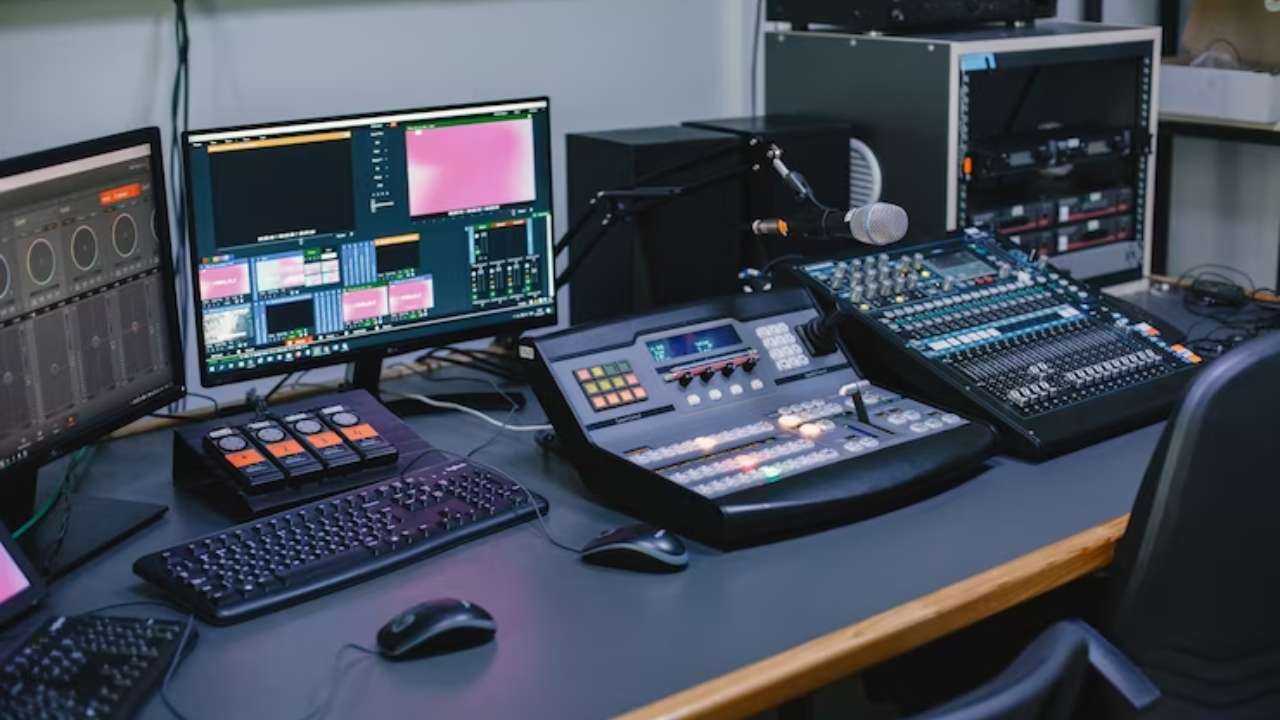Harmonizing Legacy Systems with Advanced Audio Networking Technologies to achieve Enhanced Performance as well as Flexibility.
Harmonizing Legacy Systems with Advanced Audio Networking Technologies to achieve Enhanced Performance as well as Flexibility.
Blog Article
In today's rapidly evolving landscape of sound technologies, the need to improve efficiency and flexibility in sound systems is increasingly crucial than ever. Numerous entities and locations still rely on legacy technologies, which are antiquated solutions that may not have the features of modern equipment. However, integrating these outdated systems with state-of-the-art sound communication technologies can lead to significant enhancements. Sound networking allows for improved interconnectivity between devices, making it easier to manage and operate sound throughout various spaces.
One of the primary advantages of integrating outdated technologies with contemporary audio communication is increased adaptability. Traditional audio technologies often involve complicated wiring and restricted routing options. With sound communication technologies like Dante or AVB, sound transmissions can be sent over conventional Ethernet cables. This implies that users can readily link multiple units without the need for extensive rewiring. Regardless in a performance venue, a school theater, or a corporate event, this adaptability enables for rapid modifications and modifications to the audio configuration without significant delays.
Performance is another significant factor that improves when outdated systems are upgraded with up-to-date networking technologies. Outdated systems may have difficulty to deliver go to this website superior audio, particularly in larger venues or in complex events. By adopting audio networking, organizations can leverage of sophisticated features such as low delay, synchronization, and digital data processing. These improvements assist guarantee that sound is distinct and uniform, enhancing the complete experience for audiences and artists alike. This transition can create a noticeable difference in the way audio is perceived in different settings.
Additionally, harmonizing outdated technologies with modern technologies can lead to financial savings in the extended run. While modernizing to novel equipment may require an upfront cost, the efficiency gained through audio communication can reduce upkeep costs and decrease the requirement for ongoing fixes. Furthermore, networked systems often need fewer physical space than conventional installations, which can save on real estate costs in locations. Organizations can distribute funds more effectively, utilizing the money they retain to allocate resources in additional important areas.
Finally, educating staff on how to operate combined systems becomes easier with sound communication. Numerous contemporary sound networking systems come with intuitive interfaces and remote management features. This means that even those who may lack significant technical knowledge can be trained to manage and control the sound systems effectively. Training initiatives can be developed around these solutions, enabling staff to manage and diagnose systems with confidence. By combining the old with the new, organizations can create a more competent and skilled team, in the end leading to better audio experiences for everyone concerned.